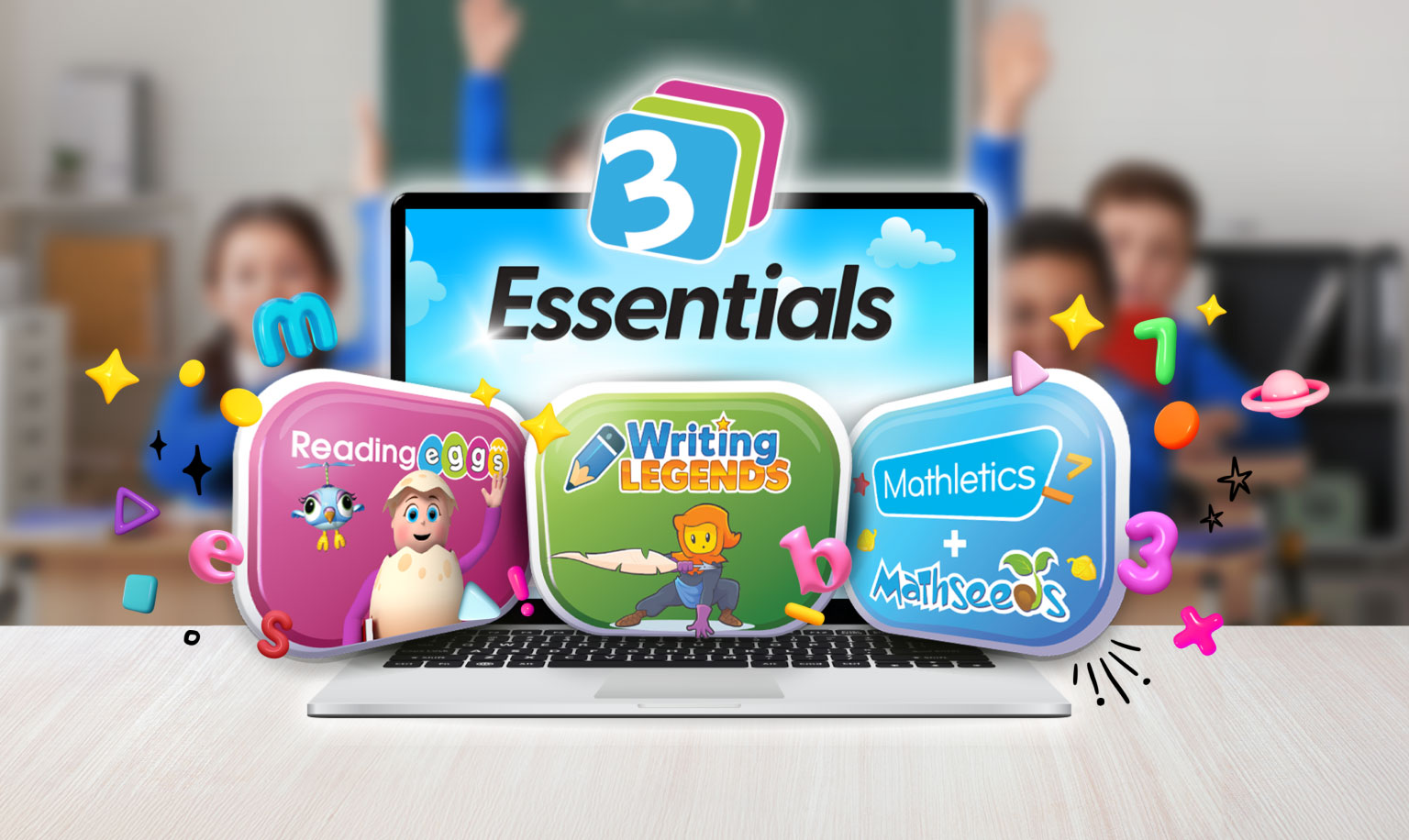
‘Are there any questions?’ – The death knell of checking for student understanding
Finding out what our students do and do not understand requires persistence, finesse and encouragement. The classic (and worst) approach is above: the one-off, flat-out question that no student wants to answer. We have all asked it at one point, and we have all been met with the same blank faces.
To avoid a sea of confused expressions, we must use effective strategies for checking student understanding.
Here are the most effective strategies to check students’ understanding:
Test (and then strengthen) their procedural memory
When we are finding out what students comprehend about a subject, we are investigating the ‘schema’ or ‘gist’ of their learning. This schema is accessed by two types of memory: declarative and procedural.
Declarative memory is the explicit and conscious recall of facts and events – for example, a student might be able to tell you a proper noun always begins with a capital letter.
Procedural memory is the implicit and subconscious recall to use a previously learnt skill – for example, a student might capitalise all written proper nouns without thinking about it.
These two memory types are independent – you will have noticed it in your students and yourself in your use of grammar and syntax. You can know that something sounds wrong (procedural) without knowing why (declarative).
To make sure students have a working understanding of tasks (instead of parroting facts), have them partner up and explain their understanding of the task to a peer. Together they must be able to explain their understanding of the task in front of the class or group. This enables them to check or discuss any misconceptions with a peer and consolidates their understanding of the task or question given.
Use formative and summative assessments
Frequency of learning assessment is a key indicator of teacher efficacy.
In simple terms, we want to make sure students understand their work in real-time.
This checking is called formative assessment, i.e. assessing learning during instruction.
The alternative is summative assessment, i.e. assessing learning outside of instruction.
Here’s some ideas for formative assessments:
- In lesson-polls
- Partner quizzes
- Self-evaluations
- Ed-tech games
- One-minute papers
- Visuals (e.g. diagrams, charts or maps) to demonstrate learning
- Exit tickets
Here’s some ideas for summative assessment:
- End-of-unit or -chapter tests
- Final projects or portfolios
- Achievement tests
- Standardised tests
Check for mistakes vs errors
Data can show you where students have answered a question incorrectly. Insight shows you whether they made a mistake or an error.
It is important to distinguish between the two because they require different responses.
A mistake is when students know how to answer a question but did not do it properly because they were not paying attention, lost focus, or were careless.
Errors are when students do not know how to answer a question, and there are four types of errors they can make:
- Factual errors – not knowing how to perform a task with accuracy
- Procedural errors – not knowing how to apply factual information to a task
- Transformation errors – understanding the demands of the task but not the tools for answering it
- Misconceptions – faulty thinking or understanding of how to do a task
Teacher judgement is an important tool when identifying whether students are making mistakes or errors. When looking at answers from a quiz or test, teachers often know students well enough to be able to identify if they should or should not have known an answer. Performing 1:2:1 conferencing with a student will allow you to go through questions, allowing the student to explain their answers and sometimes identifying their own mistakes.
Have students assess one another
Peer-to-peer learning is a powerful tool that’s always at your disposal, and there’s two strong reasons to use it in your class. Firstly, students generally feel more confident and comfortable asking for help from other students. It’s one thing to admit you don’t know in front of the whole class and another to ask the kid sitting next to you.
Secondly, students who help other students are retreading what they know, further developing their schema and procedural memory we talked about earlier.
From here, you can ask if students learned anything new. This gives students a chance to voice how their understanding has changed, and other students the confidence to share if they felt the same way.
Here’s a few peer-to-peer student assessment activities you can try:
Three stars and a wish
Asking students to make judgements on each other’s work can be a little daunting for all involved. By using this technique, you focus more on the positive. In a nutshell, the students give three things they think their partner has done well (the stars), and one suggestion for improvement (the wish).
Chat it
Ask the students to mark each other’s work by putting a dot next to any errors, but without identifying what is wrong. The answers then must be corrected whilst in dialogue with their partner.
What do I know?
If you are feeling confident, this activity works very well; students love it and it promotes healthy discussion. Give students the opportunity to assess your work or understanding of the concept being taught. Talk your way through your learning as if you were one of the students. Remember to make mistakes; the students will pick up on these and provide you with a good assessment opportunity – students can both recognise that what you are doing or saying is wrong, and tell you how to improve or put right those mistakes.
Have students self-assess
Going straight to the source can help us identify where we need to work with students to strengthen their understanding. Asking outright what it is they understand (see the previous comment about the death knell) is confronting, potentially embarrassing and, when you think about it, counter-intuitive. It is like asking someone what it is they do not know.
To encourage students to share and assess their own learning, we can use evaluative prompts.
Questions like:
- what do you think your strengths and weaknesses with this topic/task/subject are?
- how much time does it take you to complete this type of task?
- where would you like to improve in your approach?
Questions like these allow students to show some vulnerability in the learning without ceding control or responsibility for rectifying it.
Other evaluative prompt examples that can be helpful are:
- how did you go about completing/ answering this task/ question?
- what were the steps you took?
- if you were to carry out this task or question again, what might you do differently?
- what did you feel the task or question was asking from you?
You can also download a printable set of self assessments cards via the link below:











